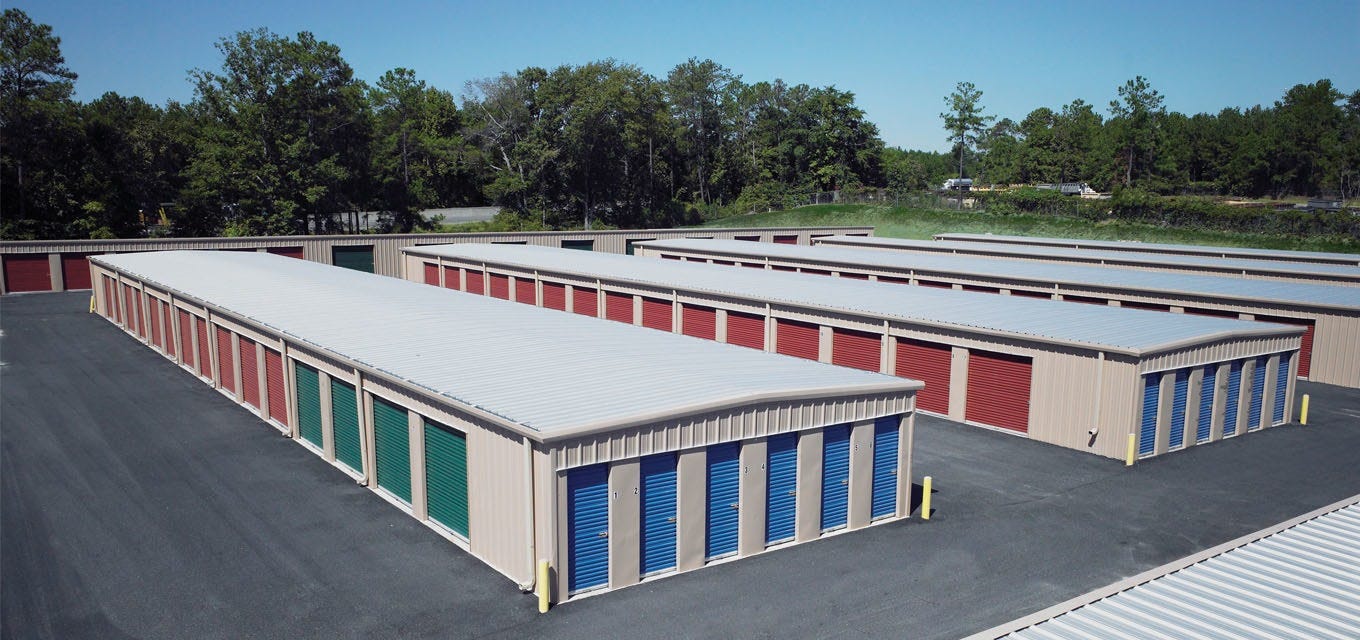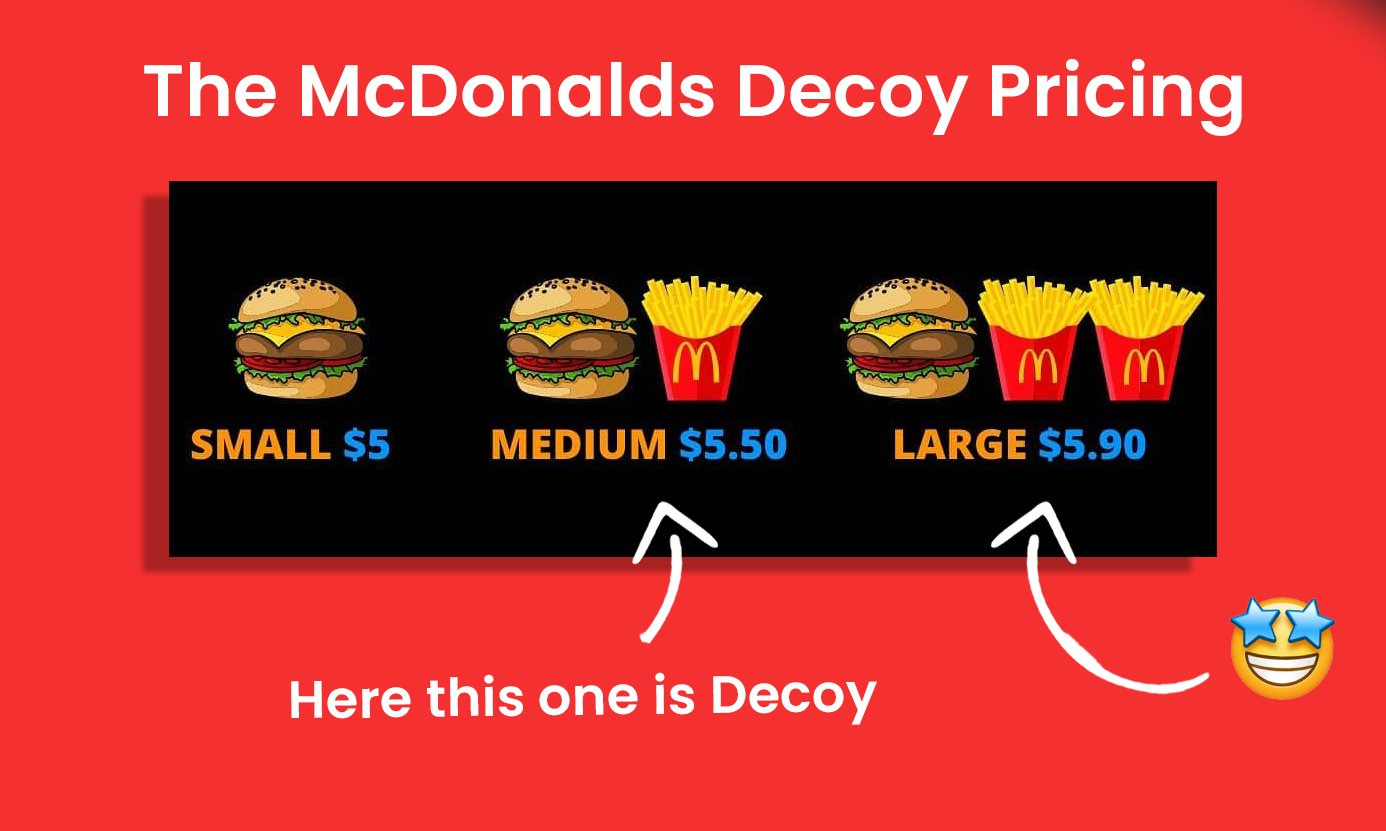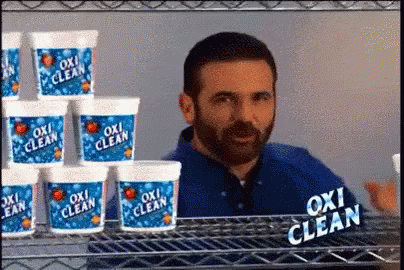The subtle art of charging more for less.
Estimated Reading Time: 4 minutes 18 seconds
I have personally cold called thousands of local service businesses. Storage Units, HVAC companies, Plumbing, Electrical, Roofing, Landscaping, you name it and I have called it.
One of the interesting patterns I notice is that these business owners often say “We’re at 100% capacity right now.” I had a guy tell me recently “All I have to do is sneeze and I get people streaming through my door.”
At first glance this seems like a good thing. Busy business is good business right?
It’s actually not. I’ve started to tell these business owners “That’s not good, sounds like we need to raise some prices.”
You may think I’m crazy, but let’s look at a self storage unit as an example.
Say you have a property with 100 self storage units. For simplicity they are all the same size and rent for the same price. At 100% capacity, our rent roll would look like this:
100 units * $100 each unit = $10,000
Conventional wisdom would show this as the perfect scenario.
But, let’s try raising the rent a little. Some people will move out because of the higher prices, so let’s call it 98% occupancy.
98 units * $125 each unit = $12,250
Just like magic, we’re making $2,250 more this month! As a bonus, there are even less renters which actually means less work.
You can keep doing this equation all the way down to find out the right “occupancy rate” for your business.
90 units * 150 each unit = $14,250
Let’s take a look at another example.
Sorry to interrupt, but if you haven’t already, please subscribe to show support for The Steel Road.
My friend Phil* runs a landscaping business. He’s very busy all the time, but his business stays the same size year after year.
It’s hard to find workers because he can’t pay them as much, so Phil often finds himself operating in all parts of the business. Quoting and selling jobs, performing the work with his crew, and following up with the client after.
Phil does everything he can to retain every customer, even if he has to lower his prices.
He is too busy working in the business to work on the business.
I’ve heard Phil say “It’s hard for me to do quality work because I have to keep undercutting our prices. All our clients want is for us to be cheap.”
It’s hard to let go of that 5% of your customers. It’s hard to take a step back and not be as busy as you are accustomed to. It’s also hard to run a business that never grows.
Without raising prices, letting some customers go, and building processes, your business will never expand into an asset that you own.
*Phil is not his real name.
Pricing Strategies
Let’s talk pricing strategies. There are certain ways you can position your products in order to help customers lean towards your more profitable or higher priced options.
The Pricing Decoy
We’ve all seen this one before. You find yourself saying “why would I get a medium when it’s only 40 cents more for a large?” No small boy stuff here. It’s always the large.
It’s going to be a little different through the lens of each business, but here’s another example with landscaping.
Complete lawn maintenance, including mowing and trimming: $50
Complete lawn maintenance including mowing, trimming, and fertilizer application: $55
A pricing decoy takes advantage of a psychological phenomenon "comparison bias".
When faced with a choice, humans have a natural inclination to compare the options available, weighing the pros and cons of each. Always give a second option to compare to.
The Bundle
Bundling can be extremely similar to Pricing Decoys, but can be used on its own. Think of every infomercial you’ve ever seen. But wait there’s more!
There’s a reason all the infomercials use that move. It actually works, people love a good deal where they feel like they are coming out on top.
Use bundling to:
create a sense of urgency
reduce marketing costs
help customers save money
get buyers to purchase more products
create scarcity because it's for limited time
Use the word FREE to show you are adding value at no cost.
To continue with our landscaping example, throw in that fertilizer treatment for free for a first time customer.
You don’t have to go full infomercial cringe, but a subtle bundle can work wonders.
Price Anchoring
Recently there was a great example of price anchoring in the tech world. I don’t know if you heard, but Elon Musk bought Twitter.
When Elon was in the process of buying Twitter, he told everyone that Twitter Blue was going to cost $20.
Then, when it was time to release the new Twitter Blue product, everyone found out it was only $8. Yes! Daddy Elon to the rescue.
We’ve all seen it at the grocery store too.
Price anchoring can go wrong. You have to be subtle about it or it will just turn customers away.
My sister was recently in the market for a new furnace and air conditioner. She called one company to come out and they gave her a bid for $45,000. But wait, if she committed right away then they would take $4,000 off the purchase price.
Being subtle about price anchoring is important. Avoid “sticker shock” and coming across as excessively manipulating.
At the end of the day, price is arbitrary
Many business owners(especially service businesses) just end up picking a price that seems like it will work. Often, these prices just exist as the “status quo” and they never change.
I worked at a small service company making a sale for $150 and occasionally $99. At one point to increase the revenue we decided to raise the price to $250 and $199 for discounts.
And what do you know? No one batted an eye. My close rate was exactly the same even with the higher prices.
My point is, don’t be afraid to increase your prices. As long as you provide quality work there will always be a market for your products or services.
Take 2 seconds to click a link and give feedback on this post.
With your feedback, we can improve the newsletter. Click on a link to vote:





